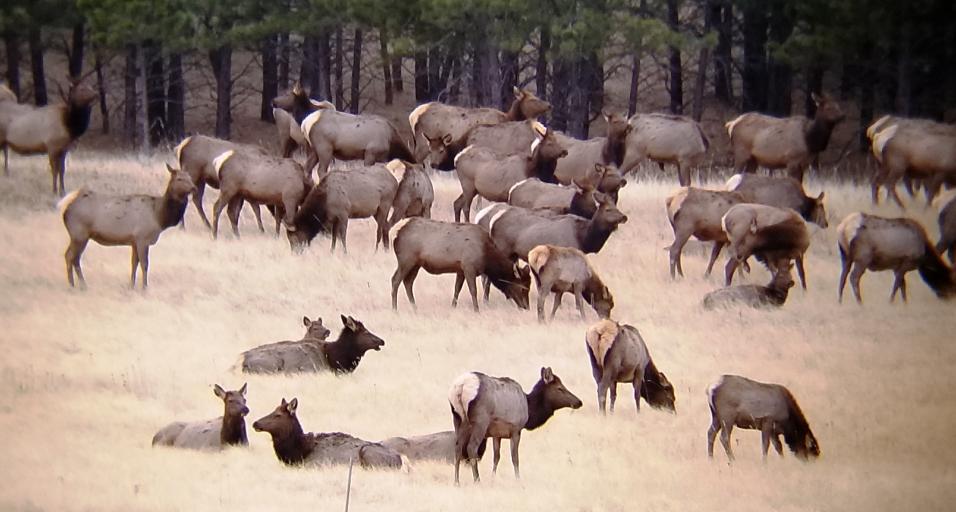In 2019, the Game and Fish Department’s chronic wasting disease surveillance program shifted from monitoring distribution and spread of the disease to concentrated focus on selected deer and elk herds in each administrative region of the state each year. Efforts are made by regional personnel to collect a minimum of 200 tissue samples from harvested animals in each selected herd. This minimum sample size produces a reliable estimate of prevalence, rather than simply detecting presence of the disease in an area.
The North Bighorns Elk herd, consisting of elk hunt areas 35 through 40, was originally scheduled for priority CWD sampling in 2021. However, enough hunter-harvested samples were collected during the 2018 to 2020 hunting seasons to obtain an adequate sample size (n=206).
Test results identified seven positive elk in two of the hunt areas, Areas 35 and 37, for a prevalence rate estimate of 3.4 percent. Both elk hunt areas overlap deer hunt areas with documented CWD in mule deer and white-tailed deer. Distribution of sampling was not uniform between hunt areas, with Hunt Area 37 accounting for 52 percent of the sampling effort and only five samples collected from Hunt Area 39.
“We plan to prioritize this herd for sampling again in 2027,” said Sheridan Region Wildlife Biologist Tim Thomas. “At that time, we will implement protocols to improve equitable sampling across all hunt areas.”
No CWD management actions have been implemented for this herd. Click here to learn more about CWD and read the department’s CWD management plan.




